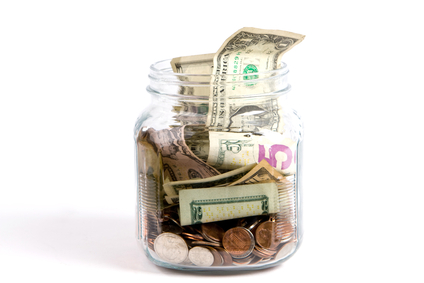Is Text-to-Tip The Future?

Starbucks has added a digital tipping feature to its mobile payment program, allowing customers to easily add tips to their purchases. The app will be available for iOS on March 19, 2014, with an Android option to launch later this year.
Users in the United States, Canada and the U.K. will enjoy access to this app, which provides customers with a two-hour window following a transaction to add a tip of 50cents, $1 or $2 to the bill. The subsequent digital receipt will reflect the added tip. Starbucks Mobile Pay has been available for three years and allows users to pay with a digital version of their Starbucks card on their smartphones. Entitled “Shake to Pay,” users simply shake their phones to pull up their Starbucks card barcodes and make payments.
"We're really excited because tipping has been something our customers have been really asking for," said Starbucks Chief Digital Officer Adam Brotman to CNET. "More and more customers...carry cash with them less and less these days. It's nice to be able to leave a tip for your barista and your store using mobile payment now on the iPhone app."
This is the first time mobile phone users will be able add tips to their digital bills. Some 10 million customers have already downloaded the Starbucks payment app, which covers about 11% of in-store purchases. It makes sense that the coffee giant added the tip option to this already wildly-successful mobile marketing strategy, and will undoubtedly set the bar for other companies who employ tipping.
More and more companies are utilizing SMS messaging to promote their business or brand, including opt-in apps that alert customers to store sales, provide exclusive discounts and downloadable coupons, remind customers of appointments and much more. Most companies have found such mobile marketing tactics highly effective and are scrambling to come up with new and effective ways to maintain client relationships while simultaneously attracting new customers.
Restaurants, hotels and other customer service-based businesses and companies are likely to develop and market their own tipping apps, assuming Starbuck’s app is successful. Given how popular the company’s mobile payment app is, it is very likely the tipping option will be yet another successful mobile marketing strategy. Customers could easily tip those who clean their hotel rooms when checking out, or add a tip if using their smartphones to pay for takeout. Even smaller operations that use smartphones to take payments, such as independently-owned hair and nail salons, can benefit from tipping apps.
SMS messaging and subsequent mobile marketing tactics aren’t going anywhere! It therefore makes perfect sense for companies to continue to develop their mobile marketing strategy, whether it involves tipping apps or not!


